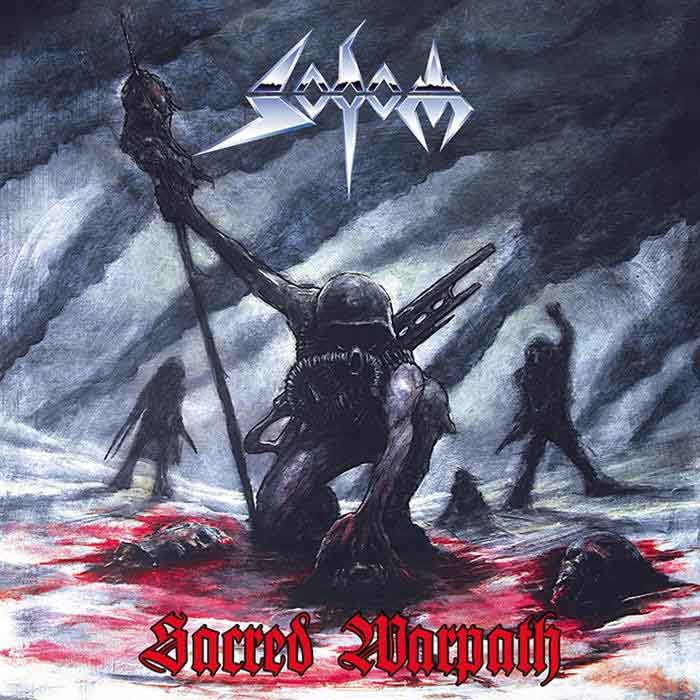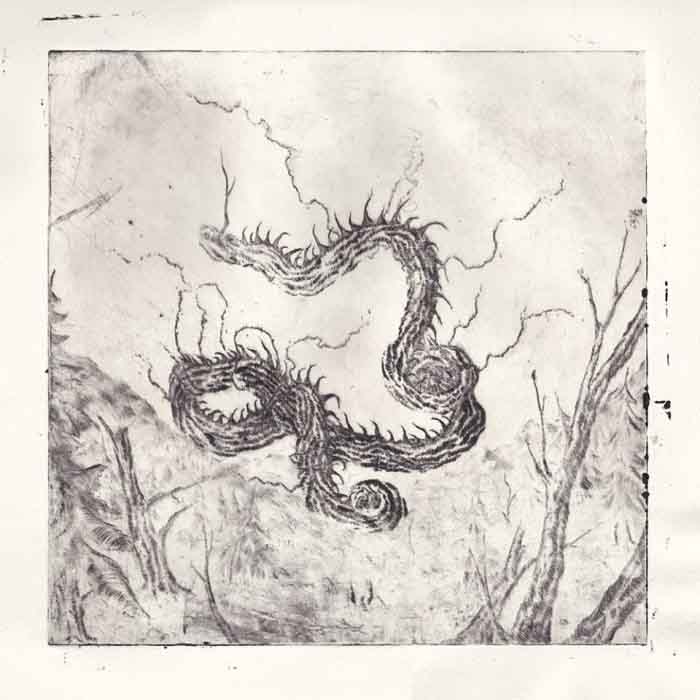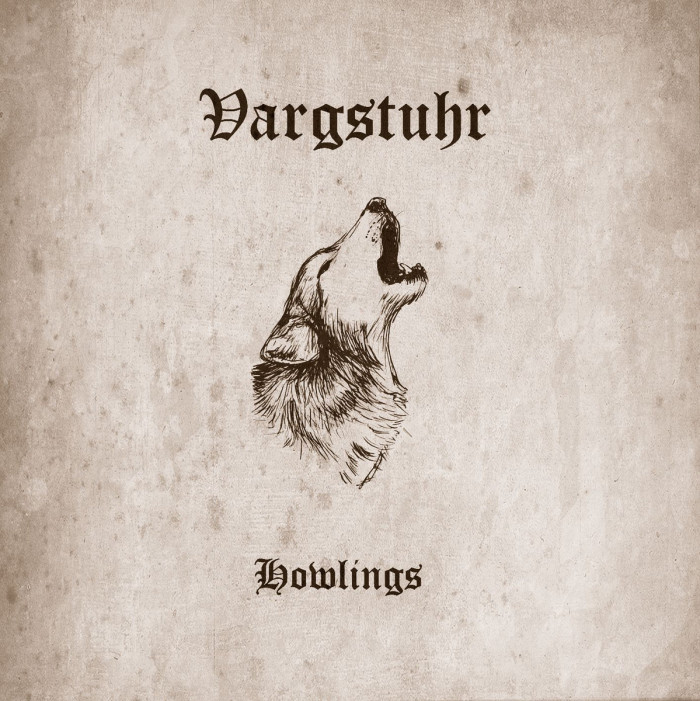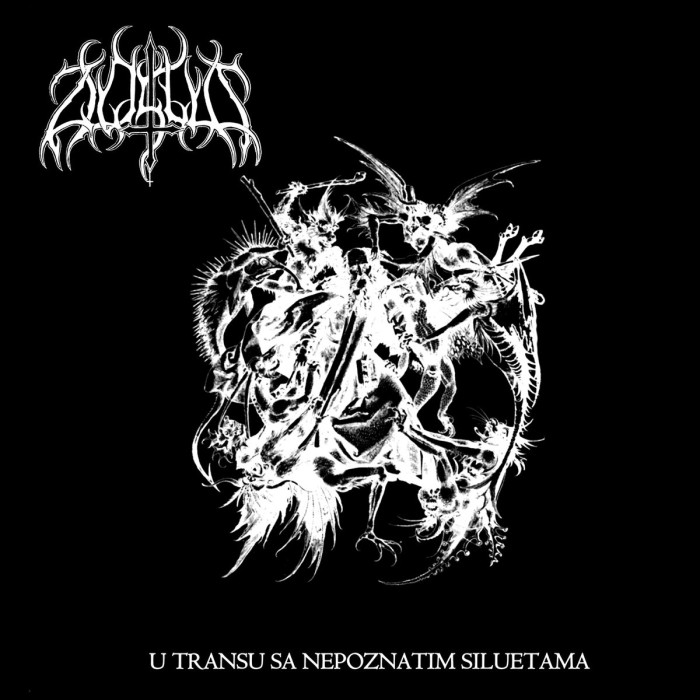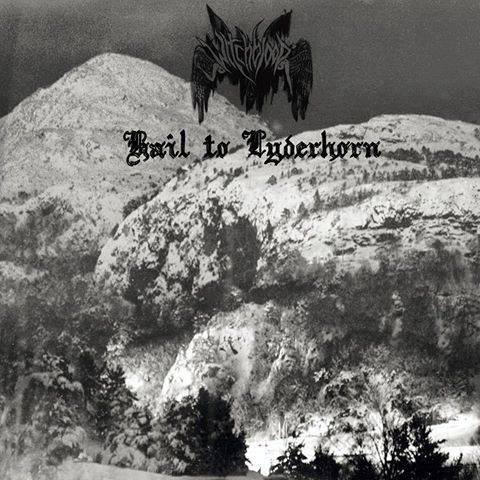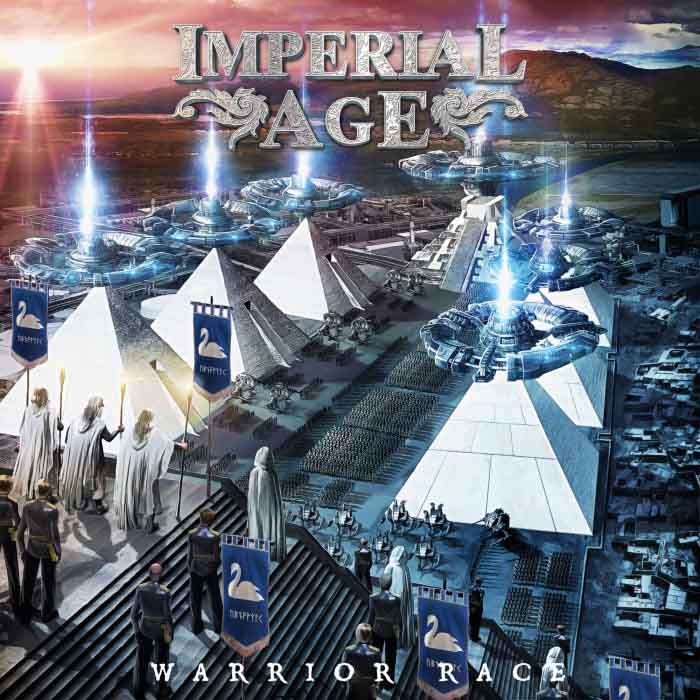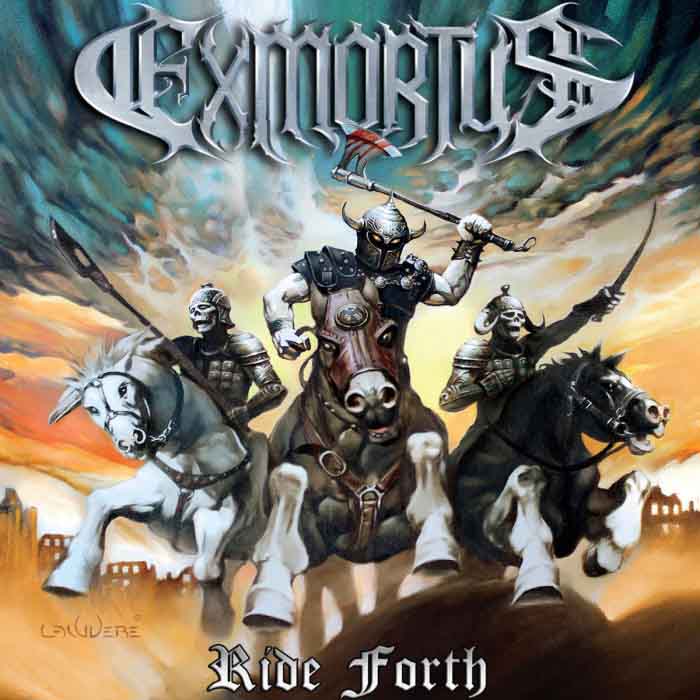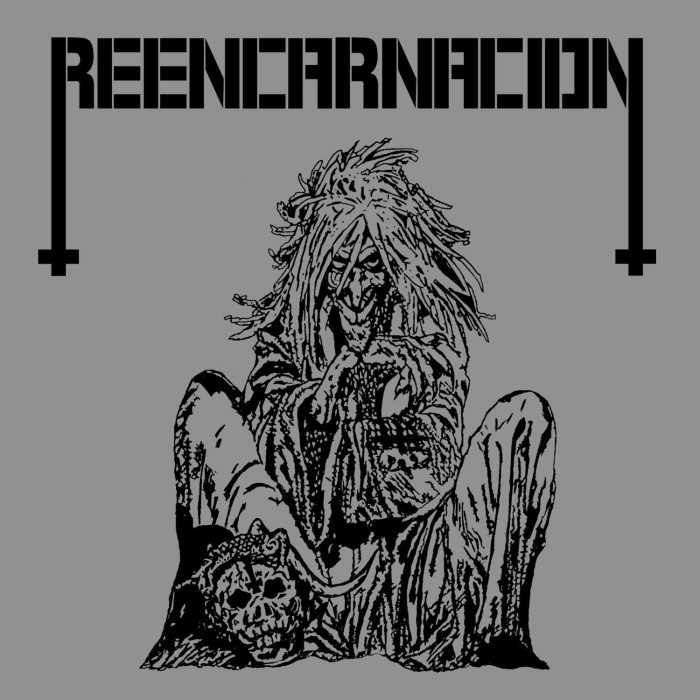
Article (obviously) by David Rosales
Five years have elapsed since 2010, a year that seemed to mark a slight renewal in creative forces, a kind of premonition of a metal renaissance that came after 15 years of horrid decadence following the decease of black metal as a movement. By 2013 this force was still incipient but already showed potential for future development as acts with more refined views about composition grounded themselves in tradition, promising to build monuments to a past glory for future times. Musicians from the metal underground’s classical era also formed the bulk of this rebirth, either through perfection or purification of their own take on the art.
The last two years have seen a manner of steady output that is weakened in quantity of quality releases, little manifest presence to speak of, with a few exceptions. The same can be said of the years between 2010 and 2013. This seems to be in accordance with a 3-year pendulum swing as the small cycle of metal. The long one probably signaling stronger points of birth and decay – probably decades: 1970-birth, 1980-underground, 1990-golden era, 2000-dark ages, 2010-renaissance.
It was a different time, and when Slayer, Metallica and Iron Maiden were doing their thing at the beginning of the 1980s, metal was also at a mainstream high with many poopoo acts dominating the scene. When mainstream metal drowns in its filth at the end of the decade and the 90s leave them with unmetal metal like Pantera or Soundgarden is when the underground rears its head in greater numbers.This coincides a little with what is happening now, as nu-funderground and mainstream whoring like female-fronted so-called metal flourishes in numbers just as the shock rock and glam metal (hard rock) plague in the time of Slayer.
To make matters more complicated, we have the internet, along with other means of communication and technology that allow for pockets of both good and bad music to survive with less regard to overall trends. Metal is not yet at another apocalyptic end of an era like the one that saw the explosion of death metal, we may have to wait another decade for that, but there is rise not dissimilar to the rise of underground NWOBHM and soon after speed metal. The next ebbing of the tide is at hand, but not yet its climax. What changes is not the fact that there is or there isn’t more mainstream crap, but how much excellent underground music there is. The year 1990 was a very special time marker that signaled the advent of a climax low for the mainstream and climax high for the underground.
Now, that we posit the existence of such critical years does not mean that no excellent albums occur outside of them, but that there is a sort of genre-wide, or community-wide, perhaps, pulse that pushes general tendencies. Now, according to this idea, the next “big year” in the small cycle would be 2016. Below we give an overview of these so-called big years and some band releases we are looking forward to this year.
What are your expectations in metal releases in 2016?
A quick reference to distinguished metal works in the ‘pulse’ years. Not especially comprehensive.
1971:
- Black Sabbath – Master of Reality
1974: (Not really metal, Black Sabbath is WAY ahead)
- Deep Purple – Stormbringer
- Rush – Rush
- King Crimson – Red (Editor’s note: Probably closer in spirit to future metal than others)
1977:
- Judas Priest – Sin After Sin
- Motörhead – Motörhead
1980:
- Iron Maiden – Iron Maiden
- Black Sabbath – Heaven and Hell
- Angel Witch – Angel Witch
- Cirith Ungol – Cirith Ungol
1983:
- Metallica – Kill ‘Em All
- Slayer – Show No Mercy
- Iron Maiden – Piece of Mind
- Mercyful Fate – Melissa
- Manilla Road – Crystal Logic
- Manowar – Into Glory Ride
1986:
- Slayer – Reign in Blood
- Metallica – Master of Puppets
- Kreator – Pleasure to Kill
- Morbid Angel – Abominations of Desolation
- Sepultura – Morbid Visions
- Fates Warning – Awaken the Guardian
- Candlemass – Epicus Doomicus Metallicus
1989:
- Sepultura – Beneath the Remains
- Morbid Angel – Altars of Madness
- Bolt Thrower – Realm of Chaos
- Voivod – Nothingface
- Helstar – Nosferatu
- Powermad – Absolute Power
- Rigor Mortis – Freaks
- Pestilence – Consuming Impulse
1992:
- Burzum – Burzum
- At the Gates – The Red in the Sky is Ours
- Demigod – Slumber of Sullen Eyes
- Morpheus Descends – Ritual of Infinity
- Therion – Beyond Sanctorum
- Sinister – Cross the Styx
- Amorphis – The Karelian Isthmus
- Deicide – Legion
- Incantation – Onward to Golgotha
- Atrocity – Longing for Death
- Autopsy – Mental Funeral
- Cadaver – …In Pains
- Asphyx – Last One on Earth
- Cenotaph – The Gloomy Reflections of Our Hidden Sorrows
- Darkthrone – A Blaze in the Northern Sky
- Emperor – Wrath of the Tyrant
- Graveland – In the Glare of Burning Churches
- Immortal – Diabolical Full Moon Mysticism
- Sacramentum – Finis Malorum
1995:
- Skepticism – Stormcrowfleet
- Suffocation – Pierced from Within
- Vader – De Profundis
- Gorgoroth – The Antichrist
- Graveland – Thousand Swords
- Summoning – Minas Morgul
- Deicide – Once Upon the Cross
- Sacramentum – Far Away from the Sun
- Immortal – Battles in the North
- Abigor – Nachthymmen (From the Twilight Kingdom)
- Funeral – Tragedies
- Dissection – Storm of the Light’s Bane
- Iced Earth – Burnt Offerings
1998:
- Gorguts – Obscura
- Vader – Black to the Blind
- Dawn – Slaughtersun
- Sorcier des Glaces – Snowland
- Angelcorpse – Exterminate
- Blind Guardian – Nightfall in Middle-Earth
- Symphony X – Twilight of the Gods
- Rhapsody – Symphony of Enchanted Lands
- Suffocation – Despise the Sun
- Absurd – Asgardsrei
- Soulburn – Feeding on Angels
- Arghoslent – Galloping Through the Battle Ruins
- Master – Faith is in Season
- Skepticism – Lead and Aether
2001:
- Gorguts – From Wisdom to Hate
- Absu – Tara
- Martyr – Extracting the Core
- Lost Horizon – Awakening the World
- Deeds of Flesh – Mark of the Legion
- Averse Sefira – Battle’s Clarion
- Graveland – Raise Your Sword!
- Krieg – The Black Plague
2004:
- Avzhia – The Key of Throne
- Quo Vadis – Defiant Imagination
2007:
- Blotted Science – The Machinations of Dementia
2010:
- Avzhia – In My Domains
- Krieg – The Isolationist
- Burzum – Belus
- Divine Eve – Vengeful and Obstinate
- Atlantean Kodex – The Golden Bough
- Graveland – Cold Winter Blades
- Profanatica – Disgusting Blasphemies Against God
- Autopsy – The Tomb Within
- Overkill – Iron Bound
- Decrepitaph – Beyond the Cursed Tombs
2013:
- Black Sabbath – 13
- Condor – Nadia
- Graveland – Thunderbolts of the Gods
- Satan – Life Sentence
- Argus – Beyond the Martyrs
- Autopsy – Headless Ritual
- Profanatica – Thy Kingdom Cum
- Imprecation – Satanae Tenebris Infinita
2016:
- Condor?
- Sammath?
- Zealotry?
- Deströyer 666? (Editor’s note: I have my doubts about this one’s possible… transcendence)
- Vektor?
- Voivod?
- Summoning?
- Graveland?
32 CommentsTags: 2016, cycles, mainstream metal, mysticism, trends, underground metal
